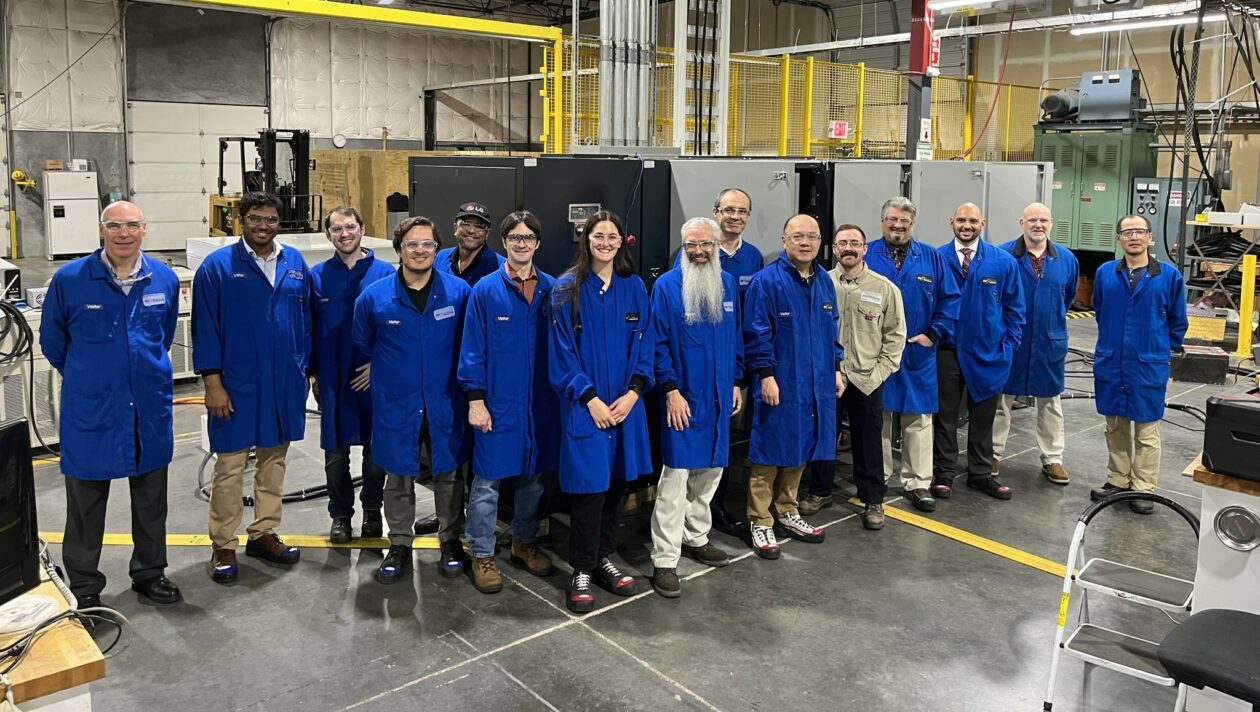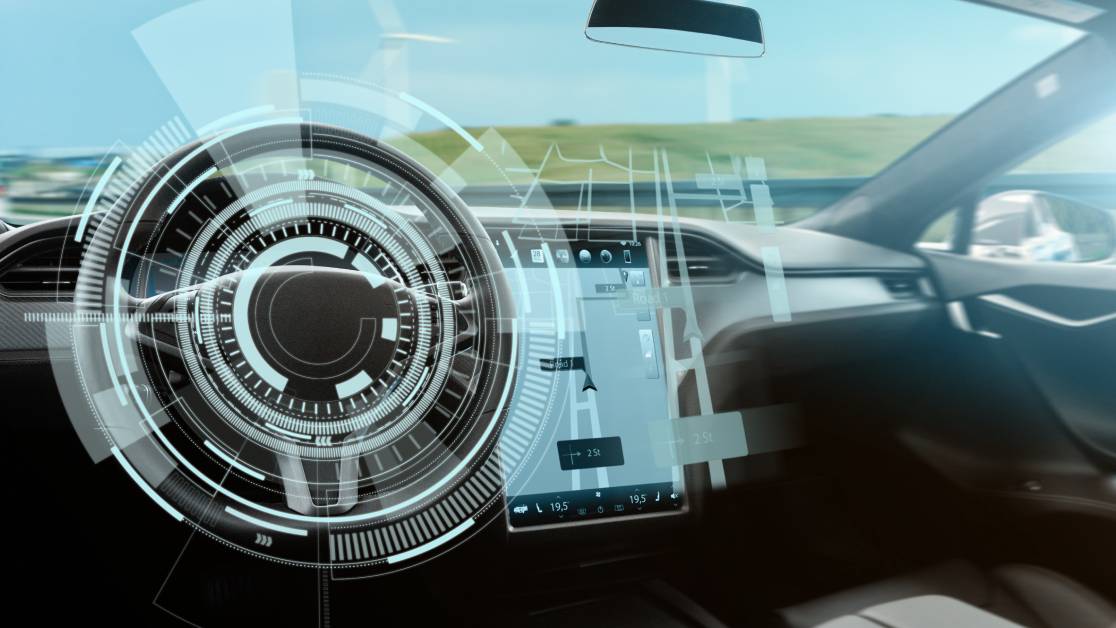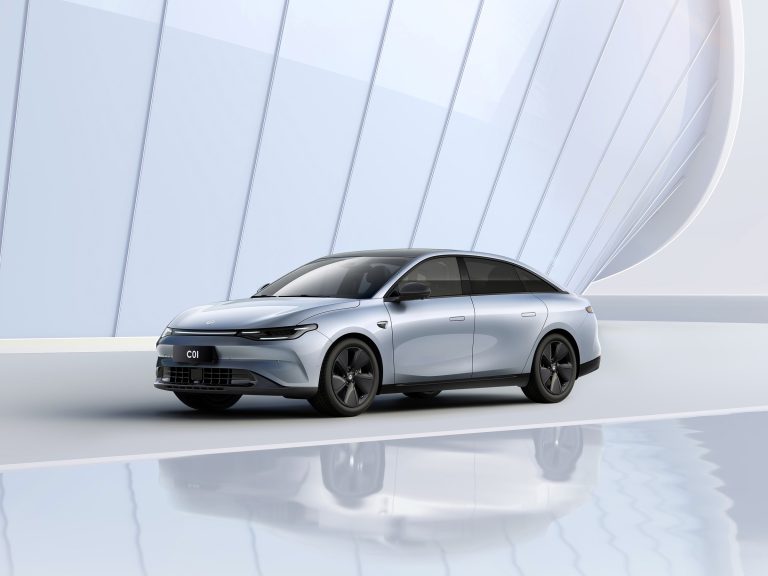The latest technology in EVs includes advancements in battery efficiency and autonomous driving features. Solid-state batteries are also gaining traction.
Electric vehicles (EVs) are evolving rapidly with cutting-edge technology. Manufacturers are focusing on improving battery efficiency to extend driving range. Solid-state batteries, which offer higher energy density and faster charging times, are emerging as a game-changer. Autonomous driving features are becoming more sophisticated, enhancing safety and convenience.
Innovations like Vehicle-to-Grid (V2G) technology allow EVs to contribute to the energy grid, providing a sustainable energy solution. These advancements not only make EVs more practical but also drive the global shift towards sustainable transportation. The future of EVs looks promising with these technological innovations shaping the industry.

Credit: www.linkedin.com
Advancements In Battery Technology
The world of electric vehicles (EVs) is evolving rapidly. One of the most significant areas of progress is in battery technology. This advancement is crucial for enhancing EV performance, range, and charging speed. Here, we delve into the latest breakthroughs in battery technology for EVs.
Solid-state Batteries
Solid-state batteries are the future of EVs. They use solid electrolytes instead of liquid ones. This change brings numerous benefits:
- Increased Energy Density: Solid-state batteries can store more energy. This means longer driving ranges for EVs.
- Improved Safety: They are less likely to overheat or catch fire. This makes them safer than traditional lithium-ion batteries.
- Faster Charging: These batteries can charge more quickly. This reduces the time you need to wait before hitting the road again.
Many automakers are investing in solid-state technology. They believe it will revolutionize the EV industry.
Fast Charging Solutions
Fast charging is another area of significant improvement. It addresses one of the biggest concerns for EV owners: long charging times. Recent advancements include:
- High-Power Chargers: New chargers can deliver up to 350 kW. This can charge an EV to 80% in under 20 minutes.
- Ultra-Fast Charging Networks: Companies are building extensive networks. This makes finding a fast charger easier than ever.
- Improved Battery Management Systems: These systems optimize charging rates. They ensure batteries charge quickly without overheating.
These innovations make EVs more convenient for everyday use. They reduce the downtime needed for charging, keeping you on the road longer.

Credit: news.mst.edu
Innovative Electric Motors
Electric vehicles (EVs) are evolving rapidly. A key area of innovation is the electric motor. These motors are becoming more efficient and powerful. They are also getting lighter and more compact. This has a positive impact on the overall performance of EVs.
High Efficiency Motors
High efficiency motors are transforming EVs. These motors use less energy and provide more power. They also generate less heat, which is a big advantage.
Here’s a table to show the differences:
| Feature | Traditional Motors | High Efficiency Motors |
|---|---|---|
| Energy Consumption | High | Low |
| Power Output | Moderate | High |
| Heat Generation | High | Low |
High efficiency motors use advanced materials and designs. These innovations improve performance and durability.
Lightweight Materials
Lightweight materials are crucial for modern EV motors. Using these materials reduces the weight of the motor. This leads to better speed and efficiency.
Benefits of lightweight materials include:
- Improved range
- Better acceleration
- Lower energy consumption
Manufacturers use materials like aluminum and carbon fiber. These materials are strong and light. They help make EVs more efficient and powerful.
Autonomous Driving Features
Electric vehicles (EVs) are getting smarter every year. One exciting development is autonomous driving. This technology lets cars drive themselves. It uses many advanced systems to make this possible.
Self-driving Capabilities
Self-driving cars use sensors and cameras to navigate roads. These cars can detect obstacles and follow traffic rules. They can make driving safer and less stressful.
There are different levels of self-driving capabilities:
- Level 1: Driver assistance
- Level 2: Partial automation
- Level 3: Conditional automation
- Level 4: High automation
- Level 5: Full automation
Most EVs today offer Level 2 or Level 3 capabilities. This means the car can handle some driving tasks. The driver still needs to pay attention and take control if needed.
Advanced Driver-assistance Systems
Advanced Driver-Assistance Systems (ADAS) help drivers stay safe. These systems include features like:
- Adaptive Cruise Control (ACC): Adjusts speed to maintain a safe distance.
- Lane Keeping Assist (LKA): Helps keep the car in its lane.
- Automatic Emergency Braking (AEB): Stops the car to avoid a collision.
- Blind Spot Detection (BSD): Alerts the driver of cars in their blind spot.
ADAS makes driving easier and safer. It reduces the risk of accidents. It also helps new drivers feel more confident.
| Feature | Description |
|---|---|
| Adaptive Cruise Control (ACC) | Adjusts speed to maintain a safe distance |
| Lane Keeping Assist (LKA) | Keeps the car in its lane |
| Automatic Emergency Braking (AEB) | Stops the car to avoid a collision |
| Blind Spot Detection (BSD) | Alerts of cars in blind spots |

Credit: steerev.com
Wireless Charging
Wireless charging for electric vehicles (EVs) is a game-changer. This technology eliminates the need for cables and plugs. Here, we explore the latest advancements in wireless charging for EVs.
Inductive Charging
Inductive charging uses electromagnetic fields to transfer energy. A charging pad is installed on the ground. The EV simply parks over the pad. The car’s battery charges without any physical connection.
This method is convenient and efficient. Inductive charging pads can be installed at home or public places. They are weather-resistant and safe for outdoor use. Some new EV models come with built-in inductive charging capabilities.
Dynamic Charging Roads
Dynamic charging roads are a revolutionary concept. These roads have embedded charging coils. They can charge EVs while driving. This reduces the need for frequent stops to recharge.
The technology involves installing coils under the road surface. As the car drives over, it receives power. This enables continuous driving without worrying about battery levels. Dynamic charging roads are currently in pilot stages in some countries.
A table below shows a comparison of inductive charging and dynamic charging roads:
| Feature | Inductive Charging | Dynamic Charging Roads |
|---|---|---|
| Location | Static (parking spots) | Dynamic (while driving) |
| Installation | Charging pads | Embedded coils in roads |
| Convenience | High (no cables) | Very high (continuous charging) |
Both technologies have their unique advantages. Inductive charging is more mature and widely available. Dynamic charging roads offer a futuristic solution for long journeys.
Enhanced Connectivity
The latest technology in electric vehicles (EVs) is mind-blowing. One of the most exciting advancements is Enhanced Connectivity. This feature is transforming how we interact with our cars. It makes driving safer, more enjoyable, and more efficient.
Iot Integration
Internet of Things (IoT) is making EVs smarter. IoT allows EVs to connect with other devices. It shares data with smartphones, smart homes, and even traffic systems. For example, your EV can talk to your home thermostat. It can adjust the temperature before you arrive. This makes your home warm and cozy.
IoT also helps in real-time monitoring. Your car can tell you about its battery level. It can alert you about tire pressure. This keeps you informed and safe on the road. Here are some benefits of IoT in EVs:
- Real-time data sharing
- Remote diagnostics
- Enhanced safety features
- Energy management
Over-the-air Updates
Over-the-Air (OTA) updates are revolutionizing EV maintenance. OTA allows software updates without visiting a service center. This saves time and money for the owner. You can get the latest features and fixes while your car is parked at home.
OTA updates improve vehicle performance and security. Manufacturers can fix bugs remotely. They can also add new functionalities. For example, your EV might receive a new autopilot feature overnight. Here are some key advantages of OTA updates:
- Convenience: No need to visit a service center.
- Cost-saving: Reduces maintenance costs.
- Timely updates: Immediate access to new features.
- Enhanced security: Quick response to security threats.
| Feature | Benefit |
|---|---|
| IoT Integration | Real-time monitoring and smart home connectivity |
| OTA Updates | Convenient and cost-effective maintenance |
Sustainable Manufacturing
Sustainable manufacturing in electric vehicles (EVs) aims to reduce environmental impact. This involves using eco-friendly materials and energy-efficient production methods.
Eco-friendly Materials
Modern EVs use materials that minimize environmental harm. Manufacturers now prefer recycled metals and biodegradable plastics. These materials reduce the need for new resources.
Using lightweight composites makes EVs more efficient. Lightweight materials help improve battery life and performance. They also reduce the overall weight of the vehicle.
Table of Eco-Friendly Materials:
| Material | Benefits |
|---|---|
| Recycled Metals | Reduces mining activities |
| Biodegradable Plastics | Less landfill waste |
| Lightweight Composites | Improved efficiency |
Energy-efficient Production
Energy-efficient production methods help cut down carbon emissions. Factories use renewable energy sources like solar and wind power. This decreases reliance on fossil fuels.
Automation in production lines also improves efficiency. Robots and AI reduce waste and speed up processes. This leads to less energy usage overall.
Unordered list of Energy-Efficient Production Techniques:
- Solar-powered factories
- Wind energy utilization
- Automated production lines
These methods ensure a cleaner, greener production process. They help in creating a sustainable future for EVs.
Next-gen Safety Features
Electric vehicles (EVs) are advancing rapidly. One of the most exciting areas is safety. New technologies are making EVs safer than ever. Let’s explore some of the latest safety features in EVs.
Collision Avoidance
Collision avoidance systems are crucial in EVs. These systems use cameras and sensors. They detect obstacles in real-time. The vehicle can then warn the driver. If needed, it can even apply the brakes automatically. This reduces the chances of accidents.
| Feature | Function |
|---|---|
| Automatic Braking | Applies brakes to avoid collision |
| Lane Departure Warning | Alerts driver if the car drifts out of lane |
| Blind Spot Detection | Monitors and warns about vehicles in blind spots |
Enhanced Sensor Technology
Enhanced sensor technology is another breakthrough. Modern EVs use LiDAR, radar, and ultrasonic sensors. These sensors create a 360-degree view around the vehicle. This helps in better detection of objects and people. The data from sensors is processed in milliseconds. This ensures quick and accurate responses.
- LiDAR: Uses laser light to measure distances.
- Radar: Detects objects using radio waves.
- Ultrasonic Sensors: Uses sound waves to detect nearby objects.
These advancements make EVs safer for everyone. Whether you’re on the road or a pedestrian, next-gen safety features in EVs are a game-changer.
Future Market Trends
The electric vehicle (EV) market is evolving rapidly. New technology and innovations are driving this change. Let’s explore some future market trends in the EV industry.
Growing Adoption Rates
The adoption rates for EVs are increasing globally. Governments are offering incentives and subsidies to encourage this shift. People are more aware of environmental issues now. They prefer eco-friendly transportation options.
- Government Policies: Various countries are setting targets for EV adoption.
- Environmental Awareness: People are choosing EVs to reduce carbon footprints.
- Cost-Effectiveness: EVs are becoming cheaper to own and operate.
| Country | EV Adoption Target |
|---|---|
| USA | 50% by 2030 |
| UK | 100% by 2035 |
| China | 20% by 2025 |
Upcoming Ev Models
Automakers are launching new EV models every year. These models come with advanced features and better performance. Let’s look at some exciting upcoming EV models.
- Tesla Model Y: A compact SUV with long range and high performance.
- Ford Mustang Mach-E: An electric SUV with sporty design and fast charging.
- Chevrolet Bolt EUV: A crossover with advanced safety features and a spacious interior.
These new models will attract more consumers. They offer better technology and improved range. This will further boost the EV market.
Frequently Asked Questions
What Are The Latest Advancements In Electric Vehicle Technology?
Recent advancements include longer battery life, faster charging, improved energy efficiency, and enhanced autonomous driving features. Newer models offer better performance and increased range.
What Are The Latest Developments In Electric Vehicle Battery Technology?
The latest electric vehicle battery developments include solid-state batteries, faster charging times, increased energy density, and longer lifespan. Researchers are also exploring new materials like silicon anodes and lithium-sulfur combinations. These innovations aim to improve efficiency, reduce costs, and enhance safety.
What Is The New Ev Charging Technology?
The new EV charging technology is ultra-fast charging. It reduces charging time significantly, making EVs more convenient.
What Ev Has The Best Technology?
The Tesla Model S boasts the best technology in the EV market, featuring advanced Autopilot and over-the-air updates.
Conclusion
The latest technology in EVs is revolutionizing transportation. Advances in battery life, charging infrastructure, and autonomous driving are impressive. These innovations promise a greener, more efficient future. Stay updated to embrace these groundbreaking changes and enjoy the benefits of modern electric vehicles.
The future of transportation is here, and it’s electric.


